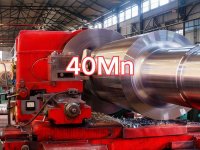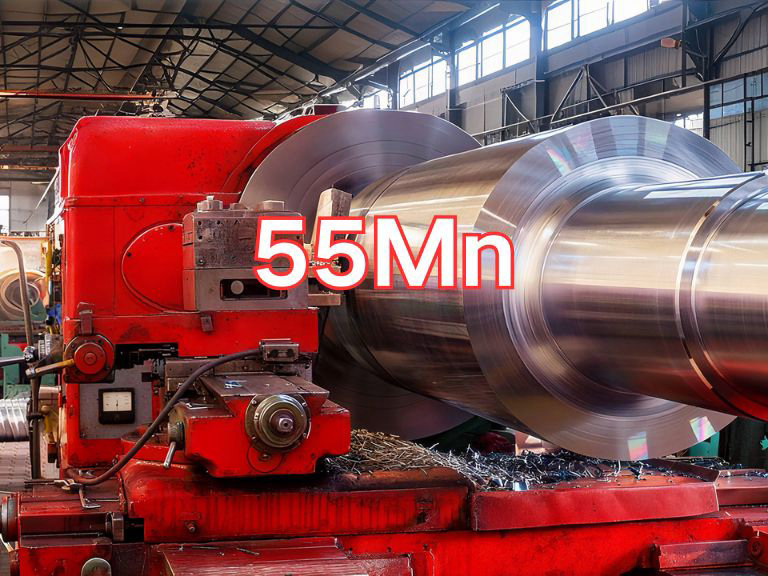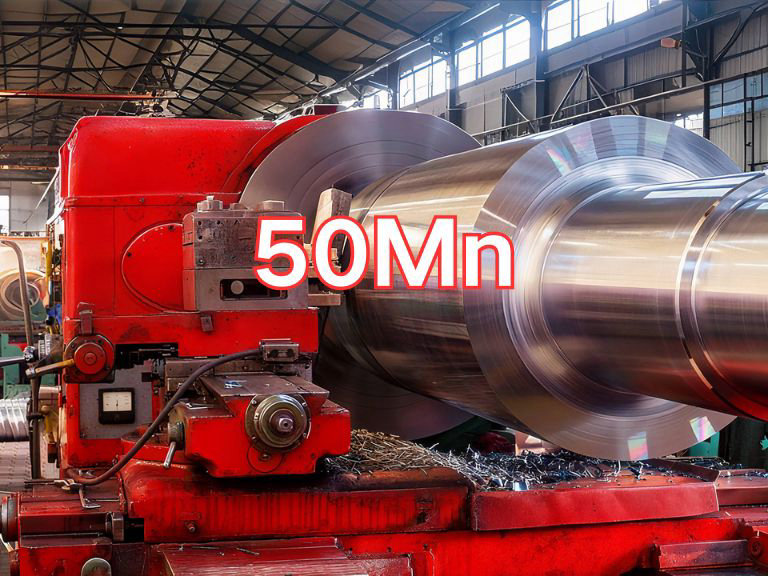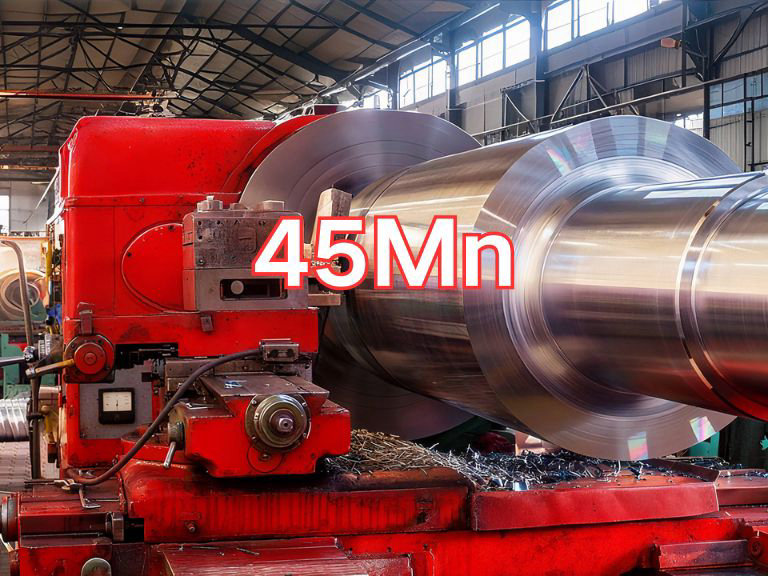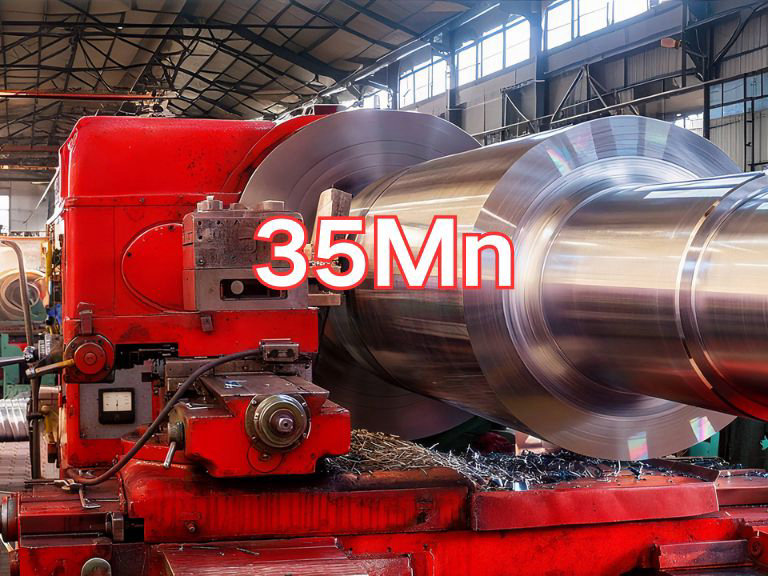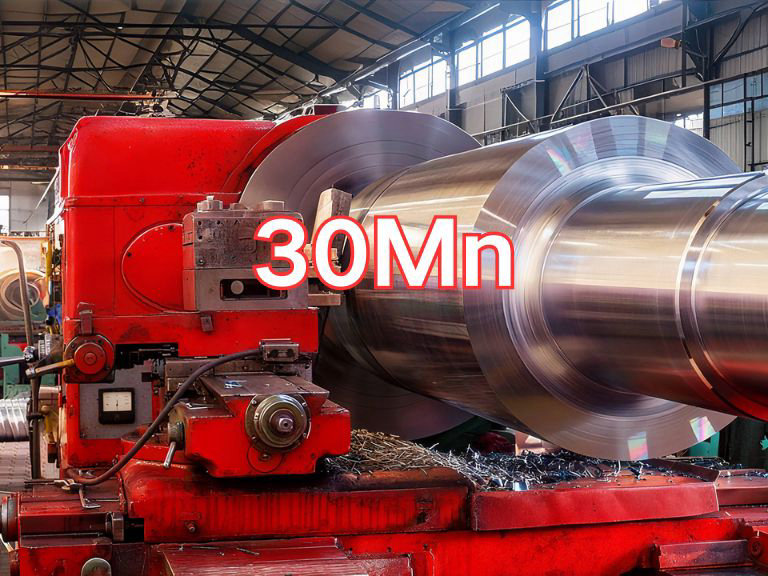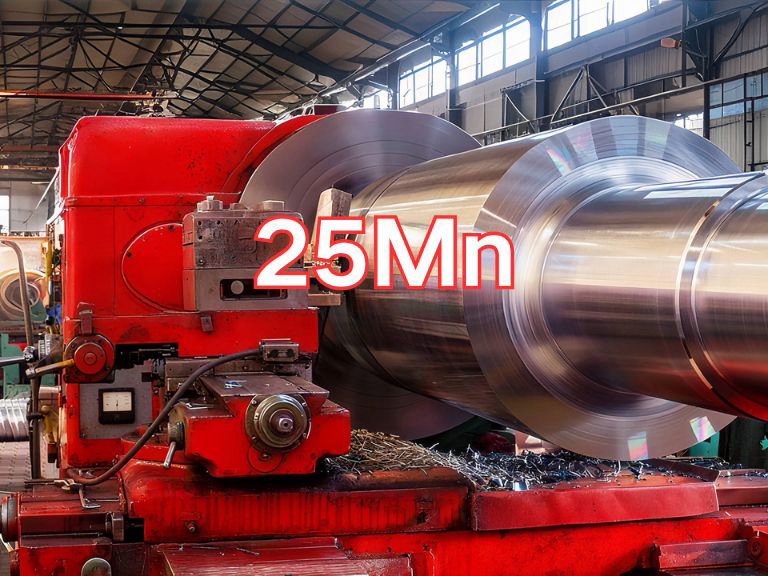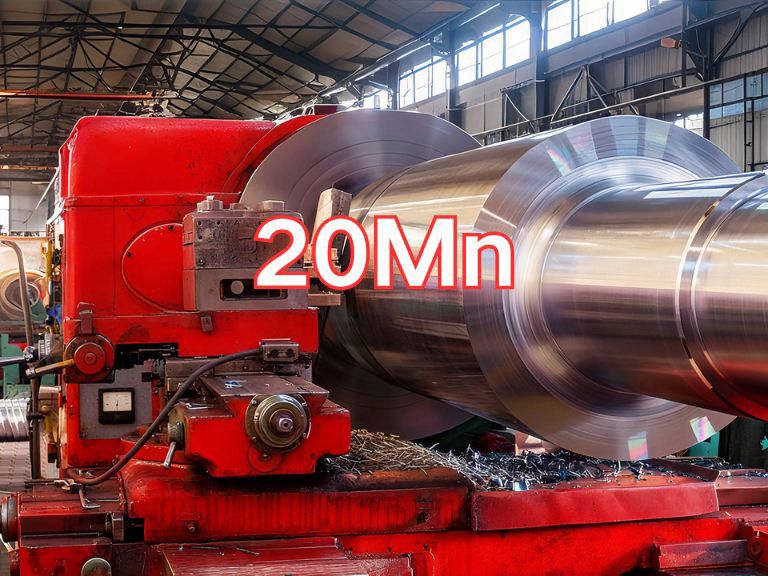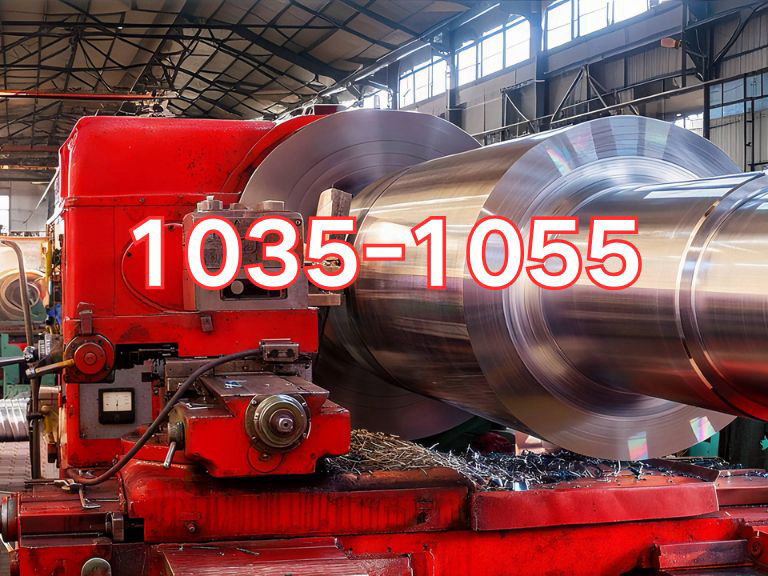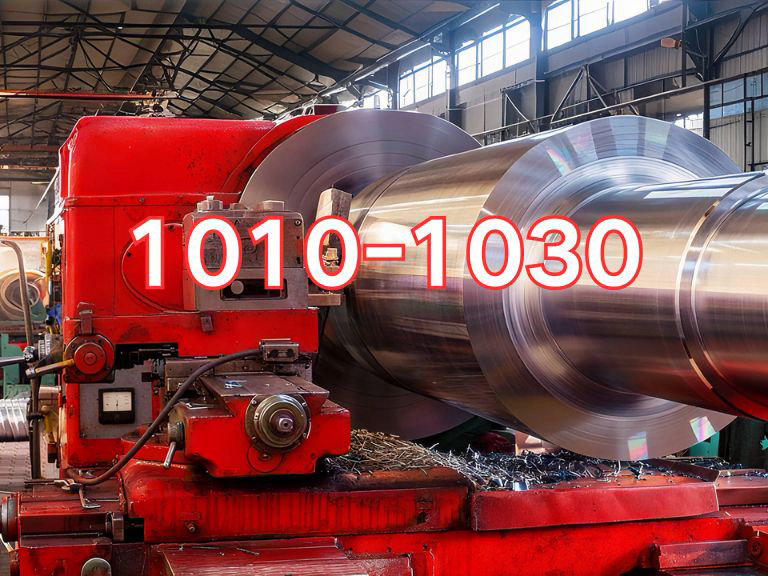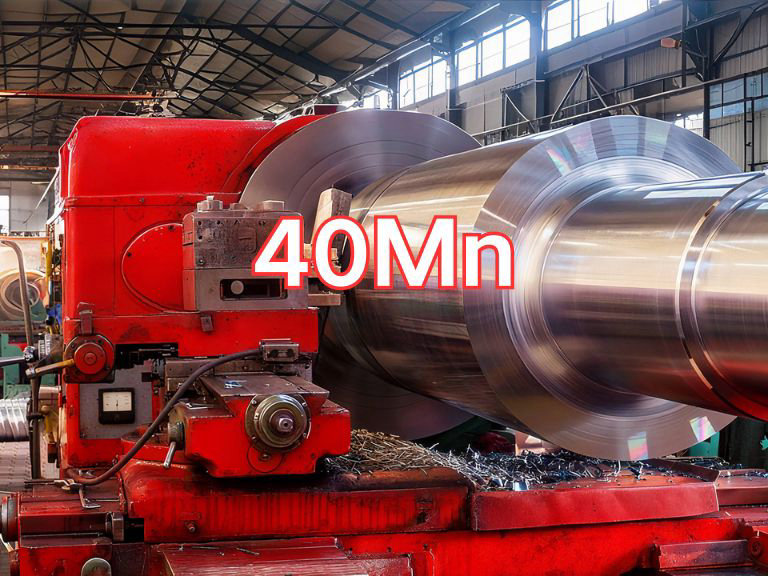

40Mn Steel Plate
40Mn steel plate is a medium-carbon, high-quality carbon structural steel in the form of hot-rolled heavy gauge plate. Its technical requirements are primarily governed by the Chinese national standard GB/T 711-2017 "Hot-Rolled Heavy Gauge Steel Plates and Strips of High-Quality Carbon Structural Steel". This standard serves as the core technical specification for the domestic production, inspection, and trade of such steels, clearly defining chemical composition, mechanical properties, dimensional tolerances, surface quality, and test methods for various grades, including 40Mn.
The designation "40Mn" consists of three parts: "40" indicates an average carbon content of 0.40% (i.e., forty parts per ten thousand), classifying it as a medium-carbon steel; "Mn" is the chemical symbol for Manganese, indicating that this grade has an elevated manganese content compared to standard 40# steel. According to the standard, the manganese content in 40Mn steel is typically controlled within the range of 0.70%–1.00%, whereas standard 40# steel contains approximately 0.50%–0.80%. Thus, 40Mn steel is a medium-carbon, high-manganese steel strengthened by the addition of manganese, offering higher strength, hardness, and hardenability than standard 40# steel, while maintaining relatively good overall performance.
Compared to standard 40# steel, 40Mn steel exhibits superior mechanical properties due to its higher manganese content. Manganese provides significant solid-solution strengthening, effectively increasing the steel’s strength and hardness. Additionally, it expands the austenite phase field and notably improves hardenability, making the steel more responsive to heat treatment (quenching and tempering), thereby achieving higher strength, good toughness, and excellent fatigue strength and wear resistance. These characteristics make 40Mn steel an ideal material for manufacturing critical components subjected to medium to high loads.
The primary applications of 40Mn steel plate are in machinery manufacturing, automotive, construction machinery, mining equipment, and general industrial sectors. It is widely used for producing parts that require high strength, hardness, and wear resistance under medium to heavy loads, including:
Machinery Manufacturing: Gears, shafts (e.g., drive shafts, spindles, crankshafts), connecting rods, bolts, pins, cams, sleeves, and other key load-bearing components.
Automotive and Construction Vehicles: Half-shafts, steering knuckles, suspension links, high-strength fasteners, and sprockets.
Mining and Metallurgical Equipment: Wear-resistant liners, crusher hammers, rolls, guides, and conveyor rollers—components prone to wear or impact.
General Equipment: High-strength frames, pressure vessel components, valve parts, and industrial tools.
Key characteristics include: high strength and hardness (tensile strength of 800–1000 MPa after quenching and tempering), good ductility and toughness, excellent machinability (in annealed or normalized condition), and moderate weldability (preheating at 250–350°C is required, and post-weld stress relief annealing is recommended). Cold formability is poor, making it unsuitable for deep drawing. As a structural material offering performance superior to plain carbon steels and lower cost than alloy steels, 40Mn steel plate has broad application value in applications where alloy steels are unnecessary to meet performance requirements.

Ultrasonic Testing (UT)
A key non-destructive testing technique that uses high-frequency sound waves to detect internal flaws in steel plates. The probe emits sound waves, which reflect when encountering defects such as cracks or inclusions. The receiver captures the echoes, enabling precise determination of defect location and size. With high sensitivity, strong penetration, and fast inspection speed, UT effectively ensures internal quality, widely used in the production of heavy plates, pressure vessel plates, and other high-end products to guarantee safety and reliability.

Magnetic Particle Testing (MT)
A common surface inspection method that magnetizes the workpiece, causing leakage magnetic fields at surface or near-surface defects like cracks or inclusions, which attract magnetic particles to form visible indications. Simple to operate and highly sensitive, MT is suitable for rapid inspection of surface and near-surface flaws in ferromagnetic materials, widely used for online or offline inspection of plate edges, ends, and welds, ensuring product quality and safety.

Penetrant Testing (PT)
A non-destructive method for detecting surface-breaking flaws. A penetrant liquid is applied to the cleaned steel surface, allowing it to seep into defects such as cracks or pores. After removing excess penetrant, a developer is applied, causing the trapped penetrant to bleed out and form visible indications. Simple and cost-effective, PT is suitable for inspecting surface defects in various non-porous materials, commonly used for welds, castings, and complex components, effectively ensuring surface quality of steel plates.

